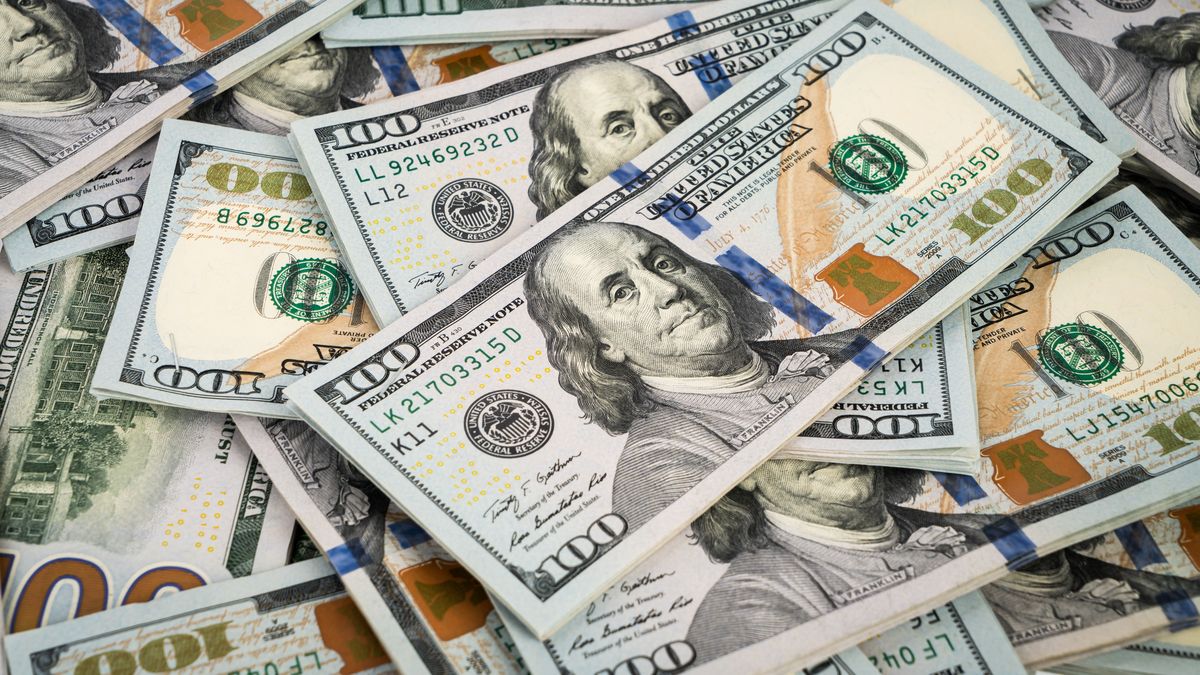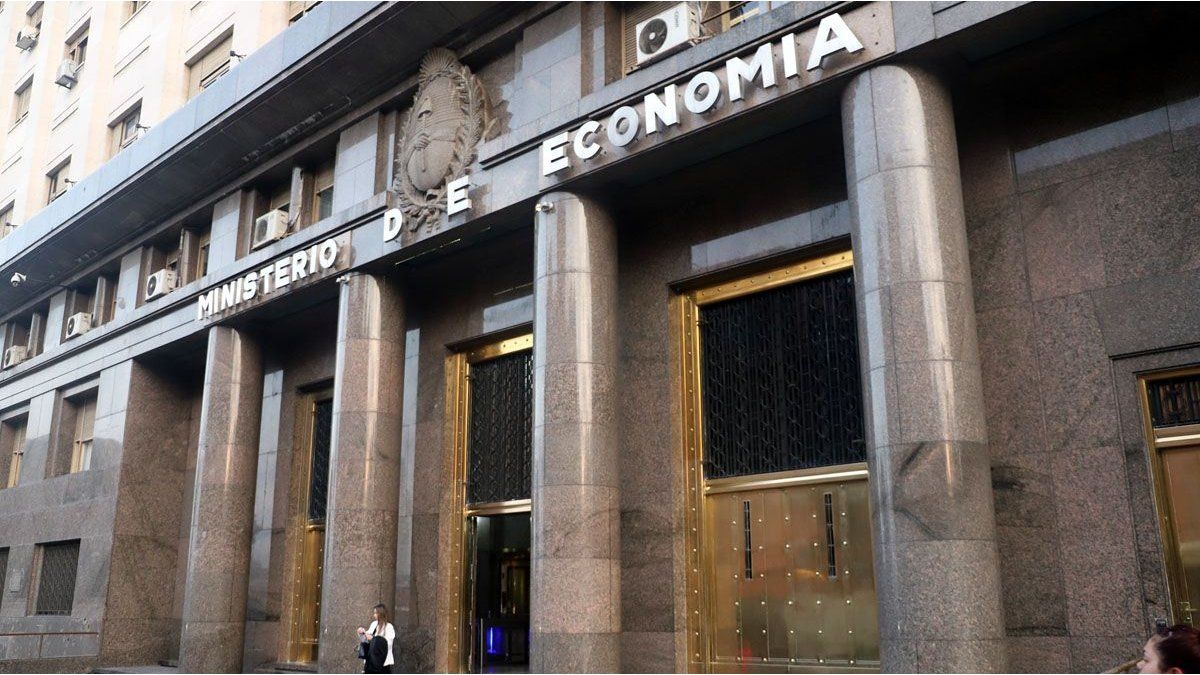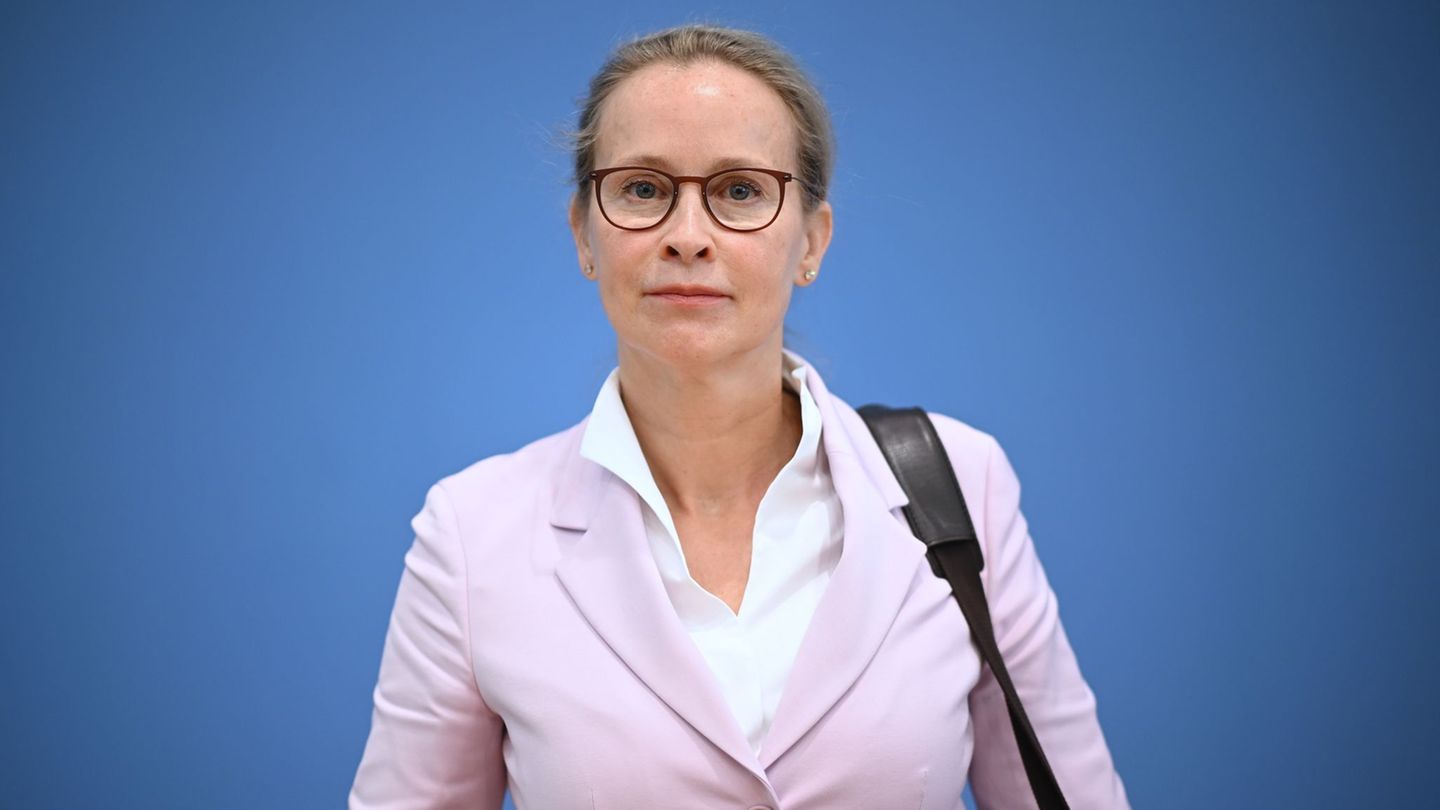In the porteña bag, the dollar “counted with liqui” (CCL) -operated with the Global 2030 bond- rises 0.8% to $246.32, when it reached an unprecedented $254 during the day. Thus, the gap with the wholesale exchange rate exceeded 100% at one point.
Meanwhile, the MEP dollar -also valued with the Global 2030- It advanced 0.6% to 241.52 but was close to $249. Consequently, the spread with the official exchange rate reaches 94.53%.
The Central Bank This Monday restricted access to foreign currency for luxury goods such as luxury cars and airplanes, while expanding access to foreign currency for small and medium-sized companies up to 115% of the value imported in 2021, from a limit of 105% previously established, up to a maximum of $1 million. Secondly, extended the import financing system to the system used for purchases with non-automatic licenses.
“In general, there is a bit of nervousness in the market with what is happening with the peso market. So they are seeing how today’s auction turns out. There were a lot of people dollarizing and now in the last minutes there is a big player, I suppose it is the BCRA, which is intervening in dollar bonds and they have managed to lower the CCL dollar from $254 to $245“, said with Ámbito, the analyst Rafael Di Giorno.
Ámbito consulted BCRA sources and they denied the intervention of the monetary authority in the CCL dollar, when selling bonds in dollars against pesos.
the financial adviser Mauro Cognettaalso in dialogue with this medium, assured that “the escalation that free dollars are tending could be seen coming. The dollar is behind, everyone, the official dollar is losing against inflation. The free dollar even more (CCL, MEP and blue)“, in fact, he opined that “with all the turbulence that there is in all the variables, the CER curve, the dollar-linked dollar, even so we feel more comfortable positioning ourselves in the free dollars. It was the most backward variable.”
“Everything that is hedged against inflation has its volatility”expressed his opinion in his analysis of the stock markets at this time and the escalation of financial dollars, assured that one of the explanations is “The data on imports and exports that set off some alarms for the government when imports reached almost US$8,000 million and net reserves are US$3,000 million, therefore, the numbers do not close“.
From his point of view, the ‘crawling peg’ was sped up a bit. “As a last resort, the government is going to make a discreet leap even though they don’t want to use it,” he said, continuing to analyze the variables that influence exchange rates: “Implicit rates jumped tremendously. In January they were at 50%, a month ago 60% and now at 75%. The coverage demand market”.
“Another fact is that yesterday Citrusvil, produces lemons, placed ON for US$6,300,000 at a rate of 0%. I know “borrow free in dollars”“investors want to be positioned in something that covers the official exchange rate. And he explained the evolution of this exchange rate: “At constant prices the CCL dollar in October was $180, at constant prices it is equivalent to $400, it is not a prediction It is a numerical calculation only.
Finally, the financial analyst assured that “what we are observing is that despite the internal noise the free dollar came moving with the brazilian real. Globally, the dollar is appreciating as a result of interest rates. This correlates with depreciations of emerging currencies and the one that impacts us the most is the real. From 4.60 it went to 5.20″.
official dollar
The dollar today -without taxes- rose 92 cents this Monday to $130.07 for saleaccording to the average in the main entities of the financial system, while at the Banco Nación the ticket rose $1 to $129.75 for sale.
Consequently, the savings dollar or solidarity dollar -which includes 30% of the COUNTRY tax and the 35% deductible of Earnings- climbed $1.42 to $214.50 on average.
At the same time, the wholesale dollar, which is directly regulated by the BCRA, rose 47 cents to $124.71after having registered the highest weekly rise since the penultimate week of last April.
As in every beginning of the week, the wholesale exchange rate is adjusted today, compensating for the days without activity for the weekend.
Due to the implementation of the new restrictions to access the foreign exchange market, the demand was diluted until the operating systems fall under the provisions with immediate effect, except for the one destined to the payment of energy imports.
As a reaction to the measure of the BCRA, the parallel dollar climbs another $6 and reaches $238. In this way, the exchange rate gap with the wholesale official exchange rate stands at 89%, which represents the highest level in three and a half months.
Source: Ambito
David William is a talented author who has made a name for himself in the world of writing. He is a professional author who writes on a wide range of topics, from general interest to opinion news. David is currently working as a writer at 24 hours worlds where he brings his unique perspective and in-depth research to his articles, making them both informative and engaging.




